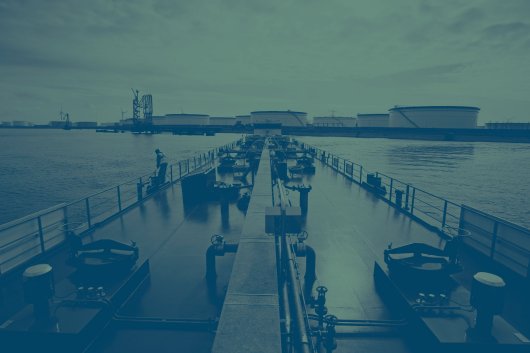Saving fuel with energy storage solution
ABB says it is 'at the forefront' of changes in the maritime industry with its energy storage solutions.
ABB has today released a video to explain how it is "at the forefront" of changes in the evolving maritime industry with its energy storage solutions.
"The demand for battery power is growing and we have registered a number of orders in the passenger segment in Scandinavia. Vision of the Fjords is already in operation in Norway and it is demonstration of the important role battery power can play in the passenger segment. However, the speed at which energy storage capacity is progressing means that it can play a role on nearly every vessel, whether it is drill ships, tugs, tankers or ferries," ABB said today in a statement.
"From drill ships to ferries, tugs to tankers, ABB has increased safety, flexibility and efficiency through the onboard installation of an energy storage system. ABB takes a holistic approach, integrating battery power, with other energy sources to produce optimal results," the Zurich-headquartered firm states in the video.
Using a drillship as an example, ABB explains that energy storage can be vital for vessels that operate even challenging conditions. "It needs to maintain its position for safe operation. Many generators are forced to work hard under challenging conditions in order to meet the very dynamic power demand. The ship's engineers face an uphill task of ensuring the power system is online. However, energy storage systems offer a smarter alternative. It can assist the power system to meet power peak demands, otherwise known as peak shaving and dynamic support. This stabilizes the power plant, allowing engines to be turned off which reduces running hours whilst improving fuel consumption," ABB says.
Citing the example of an offshore support vessel (OSV) experiencing an engine malfunction whilst unloading, ABB says the energy storage system offers a "sensible alternative". With a spinning reserve, this would immediately replenish the system, thus giving time for the crew to resolve any issues.
The video also refers to how a tug, which normally has low power requirements, needs to have the capacity to produce huge surges in power to assist a vessel when required. Traditionally, this has meant the installation of extra expensive and heavy engines, which hardly get used. With energy storage, ABB explains, a tug can operate with only one engine with peak power provided by a battery bank. Transit to and from jobs is done on battery while the actual job is 'engine-assisted'.
Energy storage can also plays a key role when ships enter the port. A cruise ship can turn off its engines and enter the port on batteries only, before connecting to shore power. Once installed, batteries can also function as a back up to onboard engines or shore-to-ship connection. This provides an environmentally friendly solution that benefits both the ships and local residents.
ABB's energy storage solutions can also be used in conjunction with the company's marine software, which is designed to giving operators a clear picture of their fuel consumption - and thus create a more energy-efficient and productive fleet.
"The demand for battery power is growing and we have registered a number of orders in the passenger segment in Scandinavia. Vision of the Fjords is already in operation in Norway and it is demonstration of the important role battery power can play in the passenger segment. However, the speed at which energy storage capacity is progressing means that it can play a role on nearly every vessel, whether it is drill ships, tugs, tankers or ferries," ABB said today in a statement.
"From drill ships to ferries, tugs to tankers, ABB has increased safety, flexibility and efficiency through the onboard installation of an energy storage system. ABB takes a holistic approach, integrating battery power, with other energy sources to produce optimal results," the Zurich-headquartered firm states in the video.
Using a drillship as an example, ABB explains that energy storage can be vital for vessels that operate even challenging conditions. "It needs to maintain its position for safe operation. Many generators are forced to work hard under challenging conditions in order to meet the very dynamic power demand. The ship's engineers face an uphill task of ensuring the power system is online. However, energy storage systems offer a smarter alternative. It can assist the power system to meet power peak demands, otherwise known as peak shaving and dynamic support. This stabilizes the power plant, allowing engines to be turned off which reduces running hours whilst improving fuel consumption," ABB says.
Citing the example of an offshore support vessel (OSV) experiencing an engine malfunction whilst unloading, ABB says the energy storage system offers a "sensible alternative". With a spinning reserve, this would immediately replenish the system, thus giving time for the crew to resolve any issues.
The video also refers to how a tug, which normally has low power requirements, needs to have the capacity to produce huge surges in power to assist a vessel when required. Traditionally, this has meant the installation of extra expensive and heavy engines, which hardly get used. With energy storage, ABB explains, a tug can operate with only one engine with peak power provided by a battery bank. Transit to and from jobs is done on battery while the actual job is 'engine-assisted'.
Energy storage can also plays a key role when ships enter the port. A cruise ship can turn off its engines and enter the port on batteries only, before connecting to shore power. Once installed, batteries can also function as a back up to onboard engines or shore-to-ship connection. This provides an environmentally friendly solution that benefits both the ships and local residents.
ABB's energy storage solutions can also be used in conjunction with the company's marine software, which is designed to giving operators a clear picture of their fuel consumption - and thus create a more energy-efficient and productive fleet.
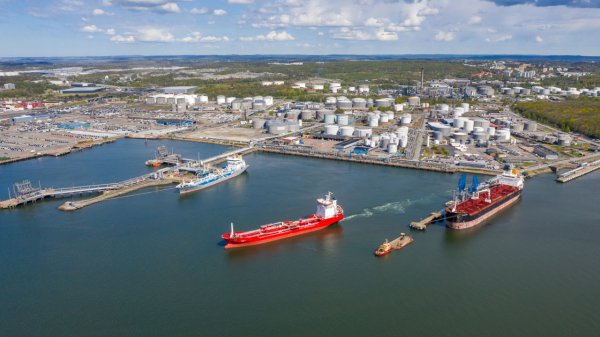
|
Swedish biomethane bunkered in Gothenburg
Test delivery performed by St1 and St1 Biokraft, who aim to become large-scale suppliers. |
|
|
|
||
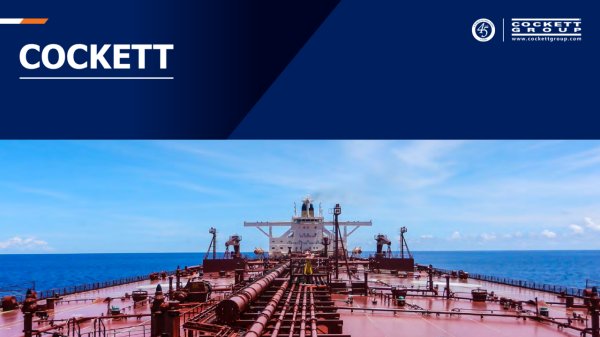
|
Cockett to be closed down after 45 years
End of an era as shareholders make decision based on 'non-core nature' of Cockett's business. |
|
|
|
||

|
Petrobras confirms prompt availability of VLS B24 at Rio Grande
Lead time for barge deliveries currently five days. |
|
|
|
||

|
IMO approves pricing mechanism based on GHG intensity thresholds
Charges to be levied on ships that do not meet yearly GHG fuel intensity reduction targets. |
|
|
|
||
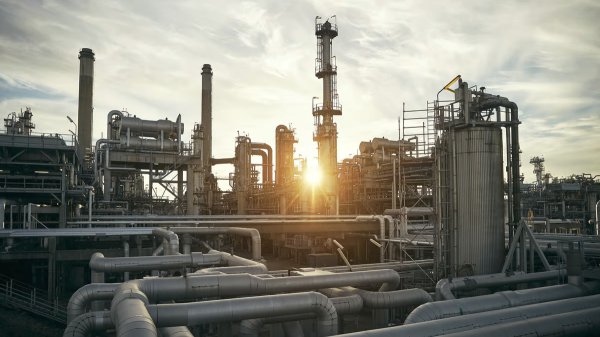
|
VARO Energy expands renewable portfolio with Preem acquisition
All-cash transaction expected to complete in the latter half of 2025. |
|
|
|
||
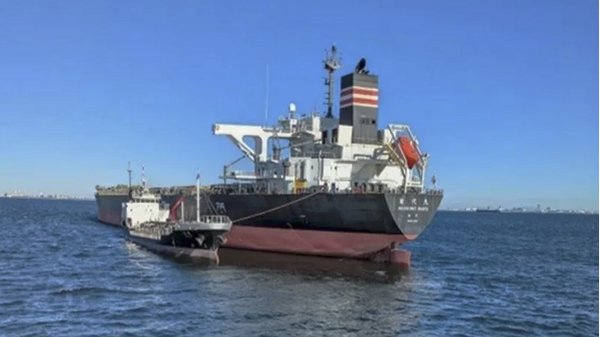
|
NYK trials biofuel in milestone coal carrier test
Vessel is used to test biofuel for domestic utility company. |
|
|
|
||
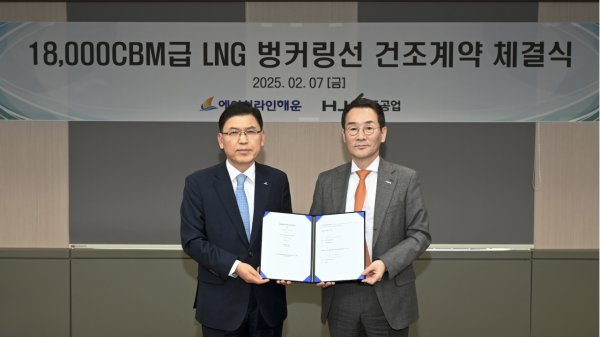
|
H-Line Shipping orders LNG bunkering vessel
Vessel with 18,000-cbm capacity to run on both LNG and MDO. |
|
|
|
||

|
How to engineer and manage green shipping fuels | Stanley George, VPS
Effective management strategies and insights for evolving fuel use. |
|
|
|
||

|
Swedish government bans scrubber wastewater discharges
Discharges from open-loop scrubbers to be prohibited in Swedish waters from July 2025. |
|
|
|
||
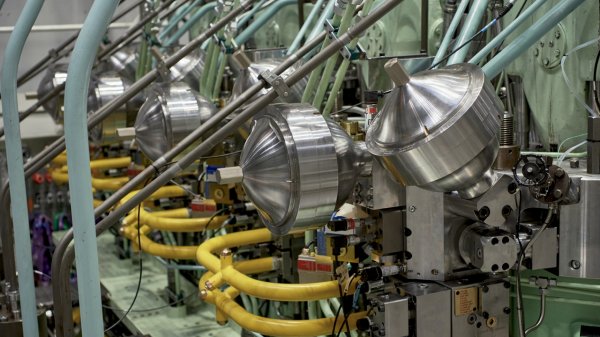
|
MAN Energy Solutions achieves 100% load milestone for ammonia engine
Latest tests validate fuel injection system throughout the entire load curve. |
|
|
|
||
Related Links
- · ABB posts decline in net income and revenue [Insights]
- · ABB and Cavotec join forces to offer shore-to-ship power solutions [Insights]
- · ABB to power world's largest electric ferries and first automated shore-side charging station [Insights]
- · ABB wins contract to electrify hybrid car ferry [Insights]
- · ABB expands fuel-saving product range with Dynamic AC concept [Insights]
- · Switzerland [Directory]

